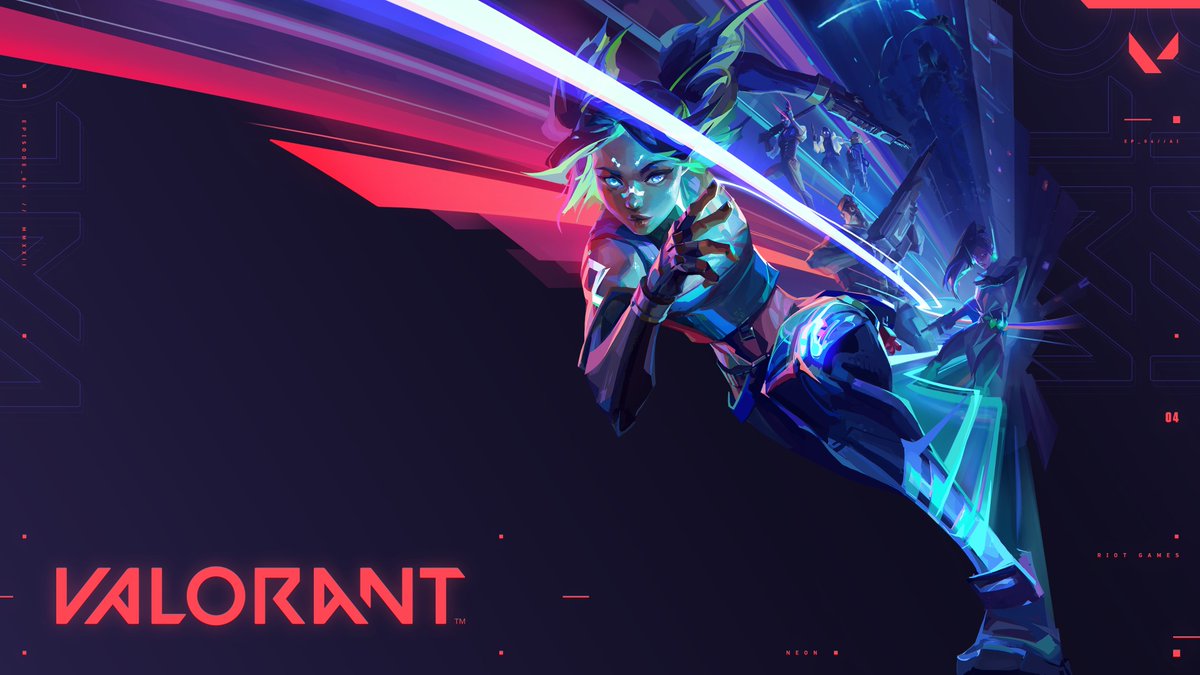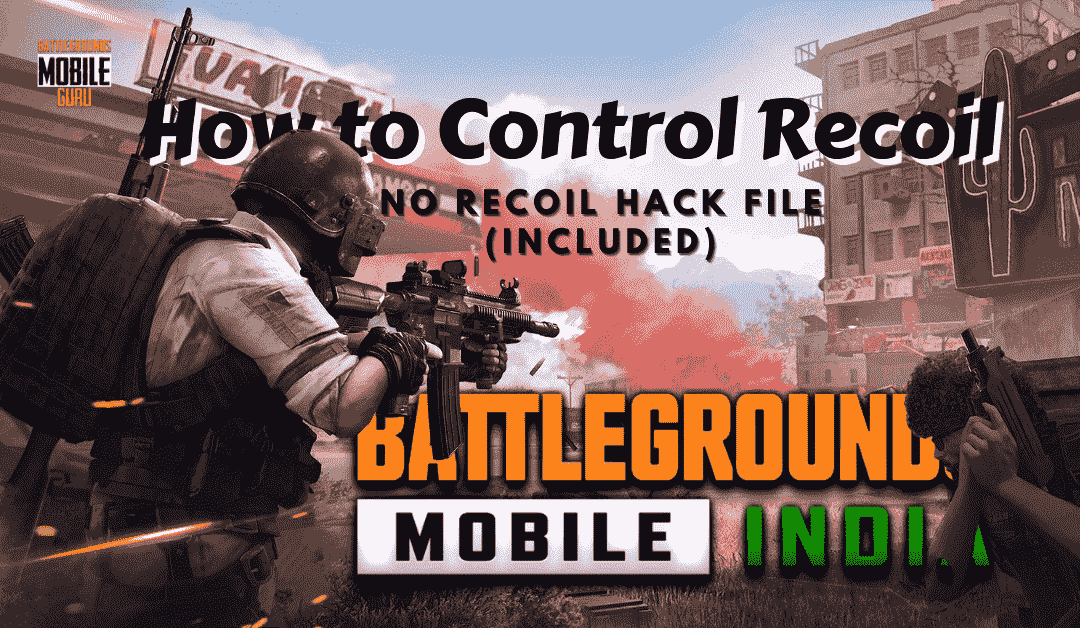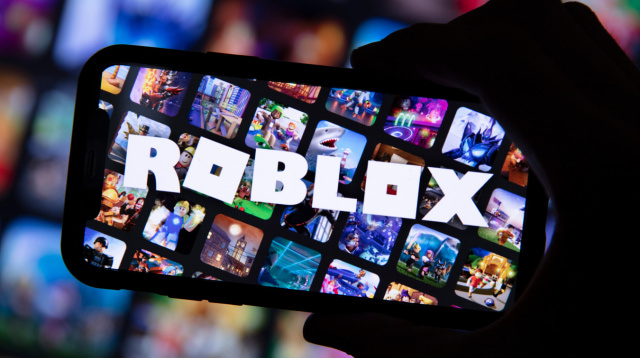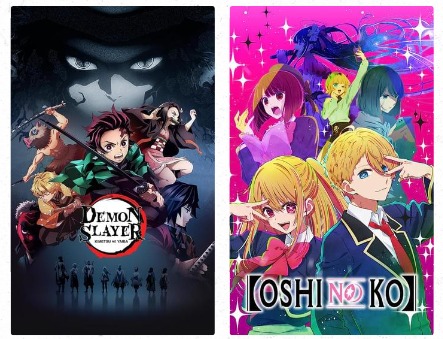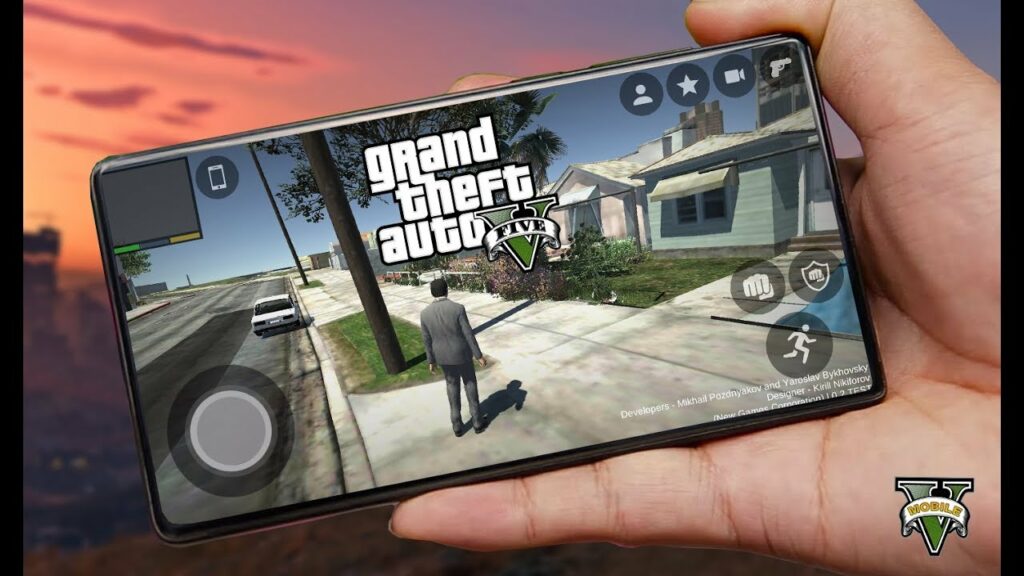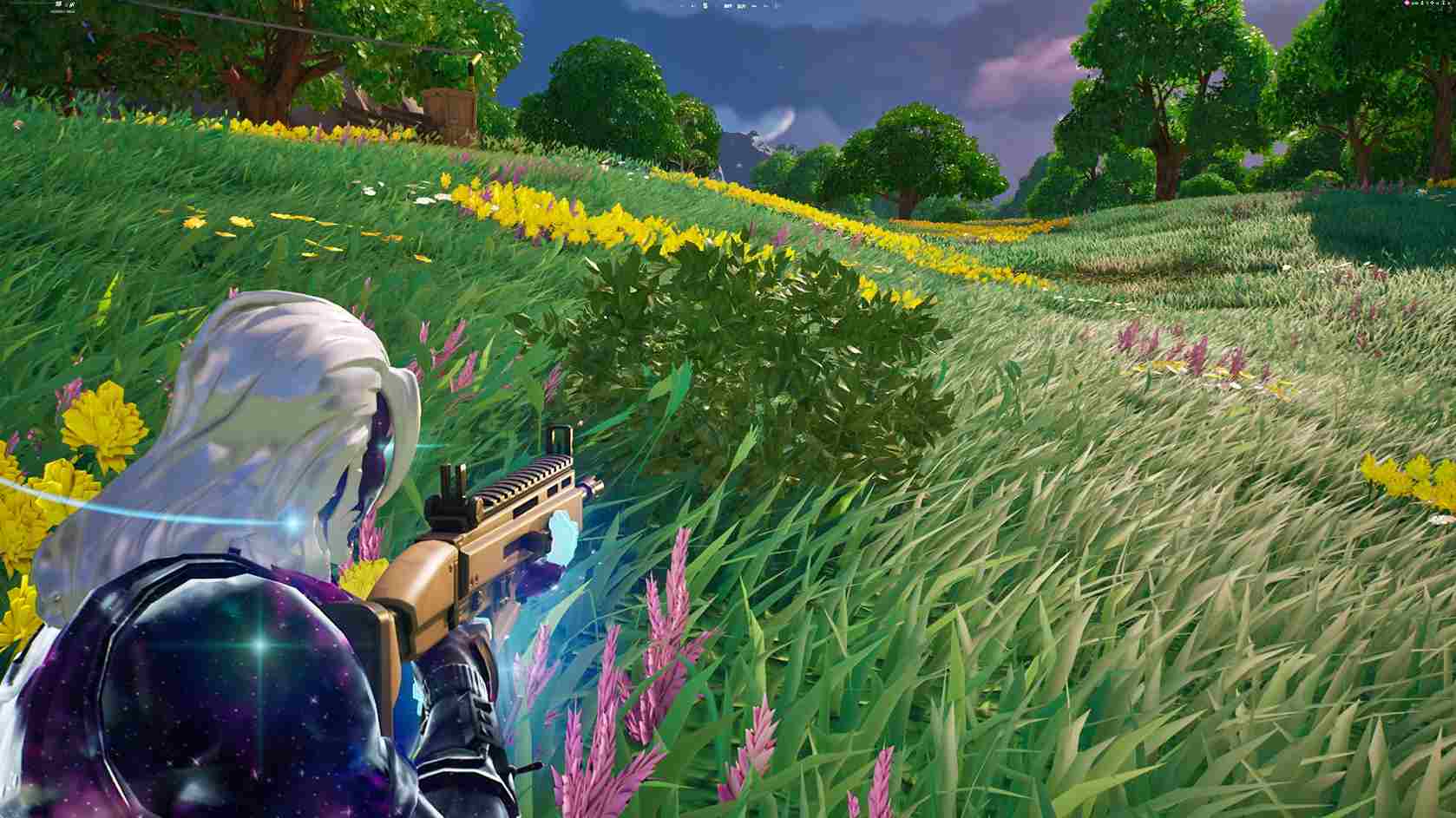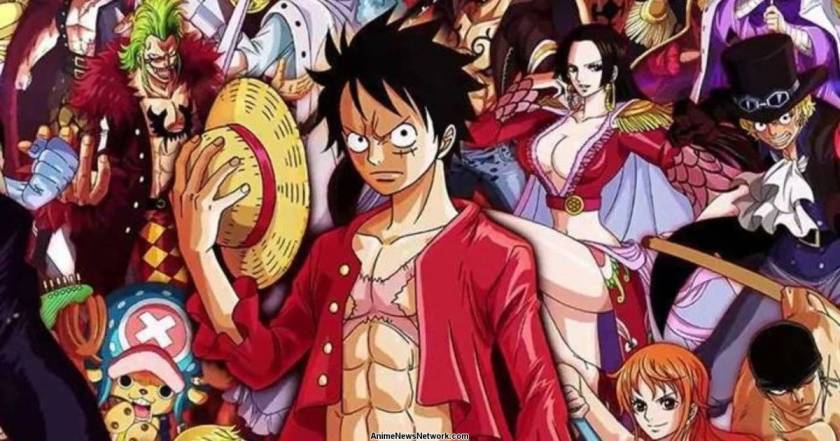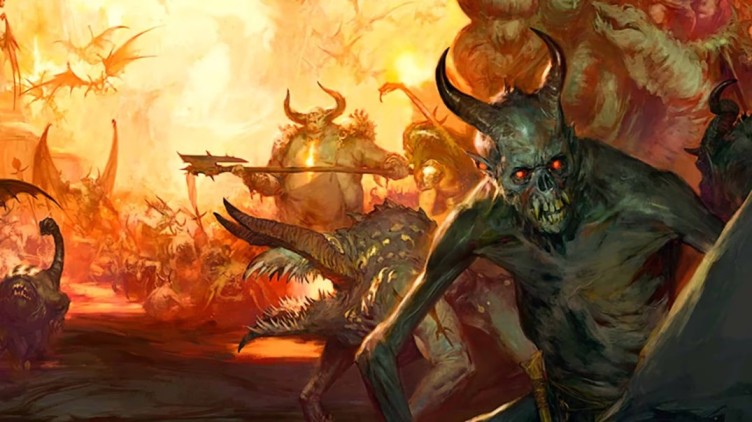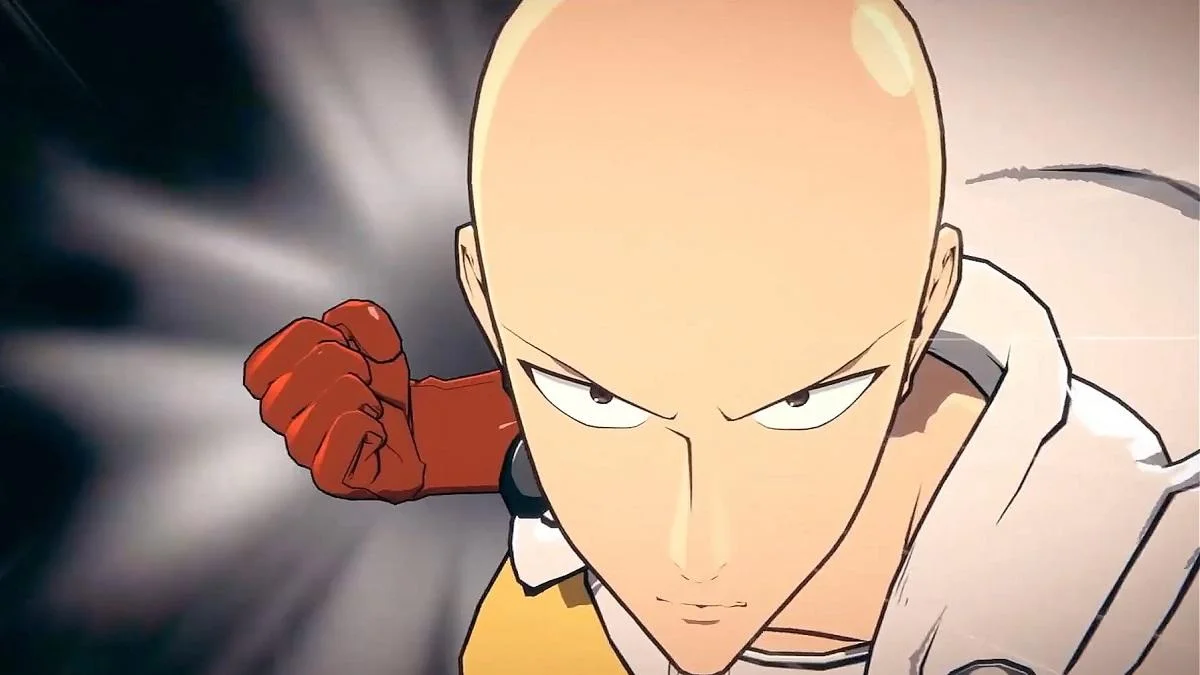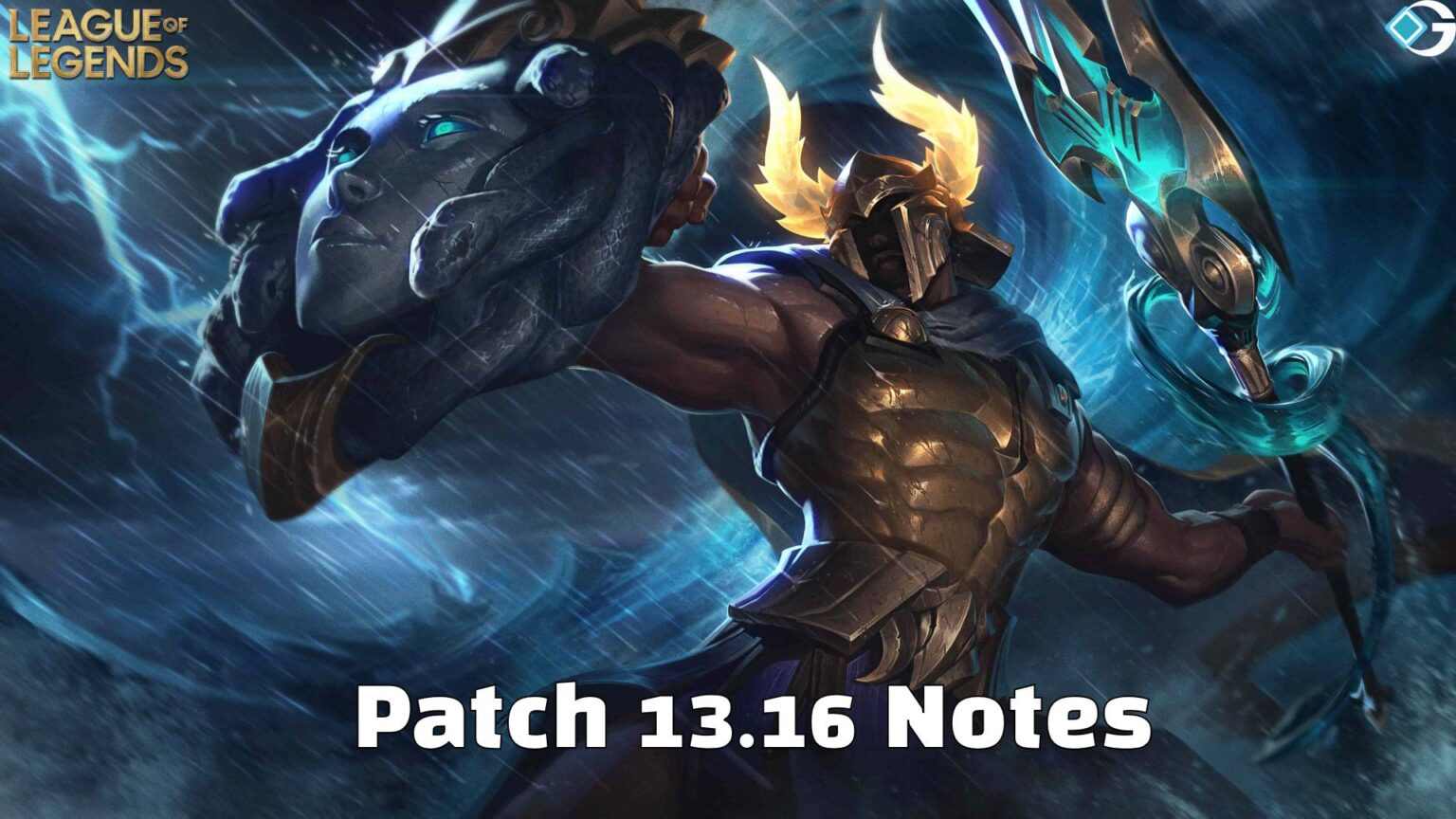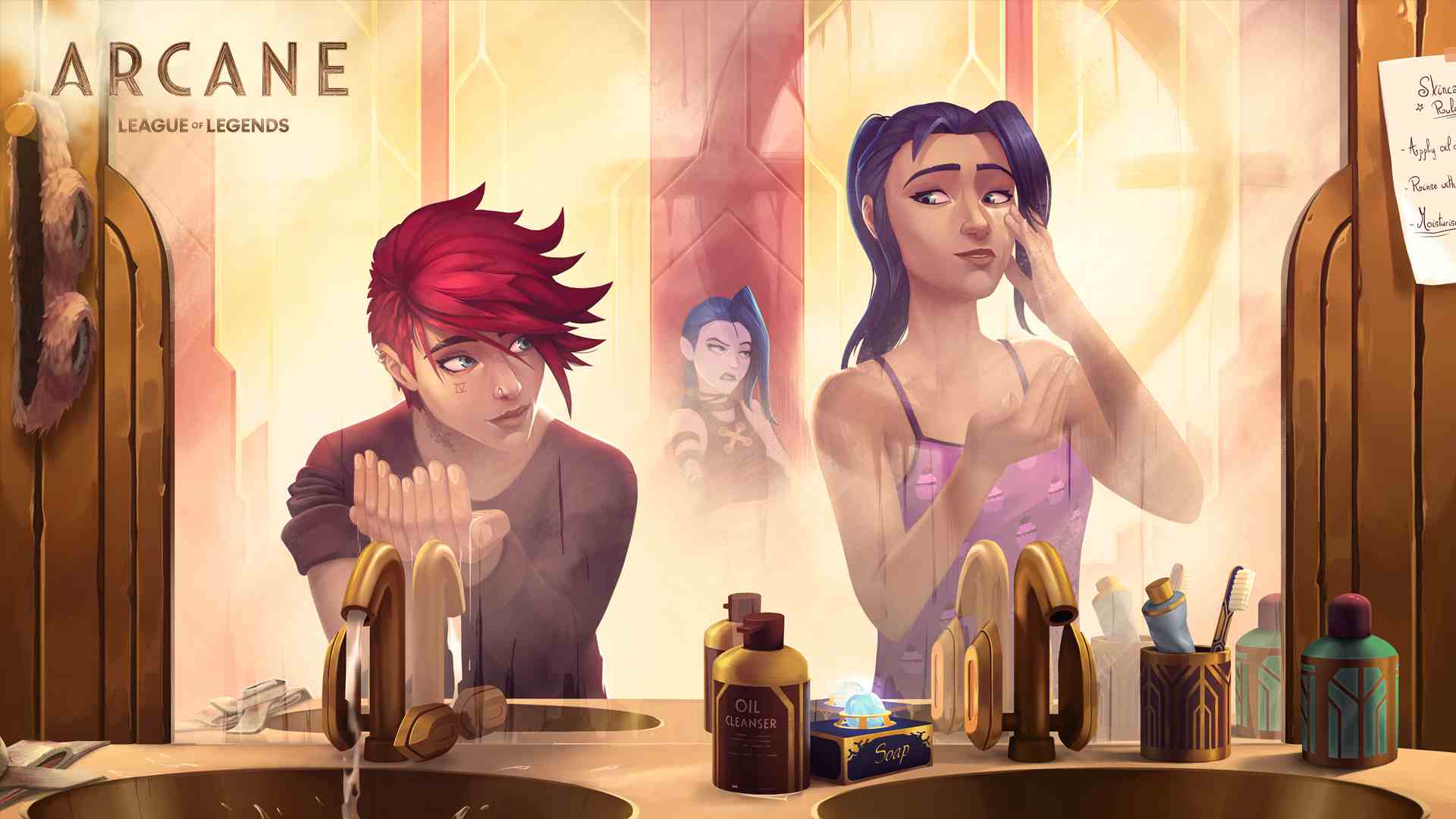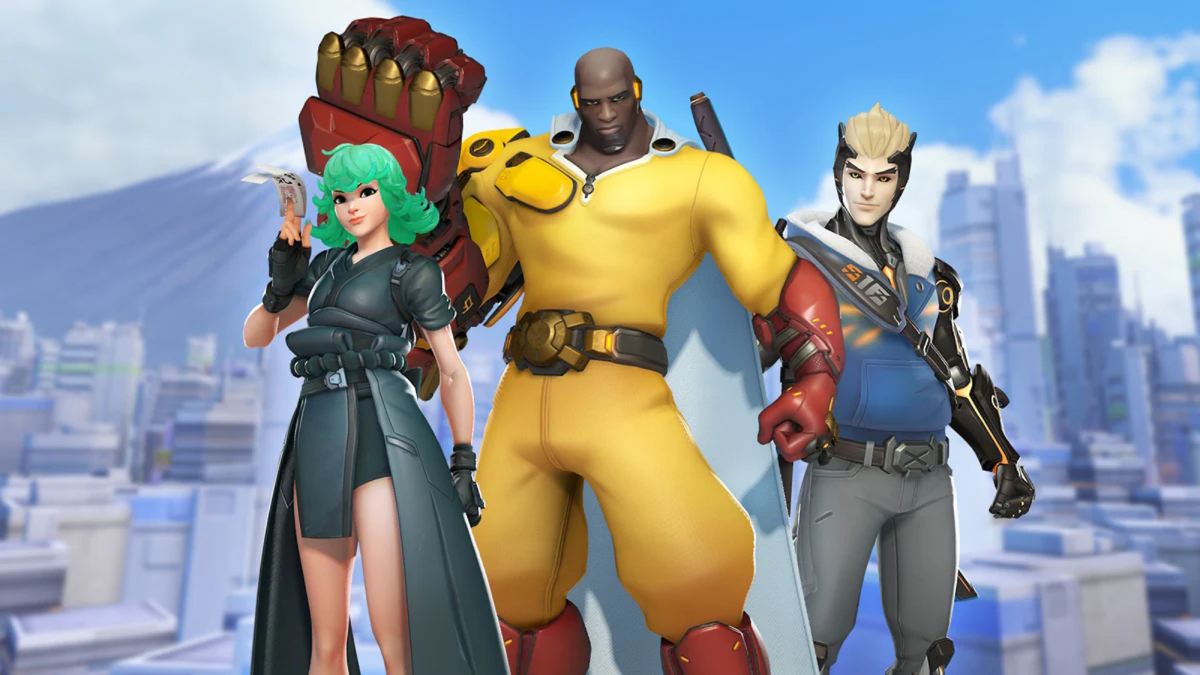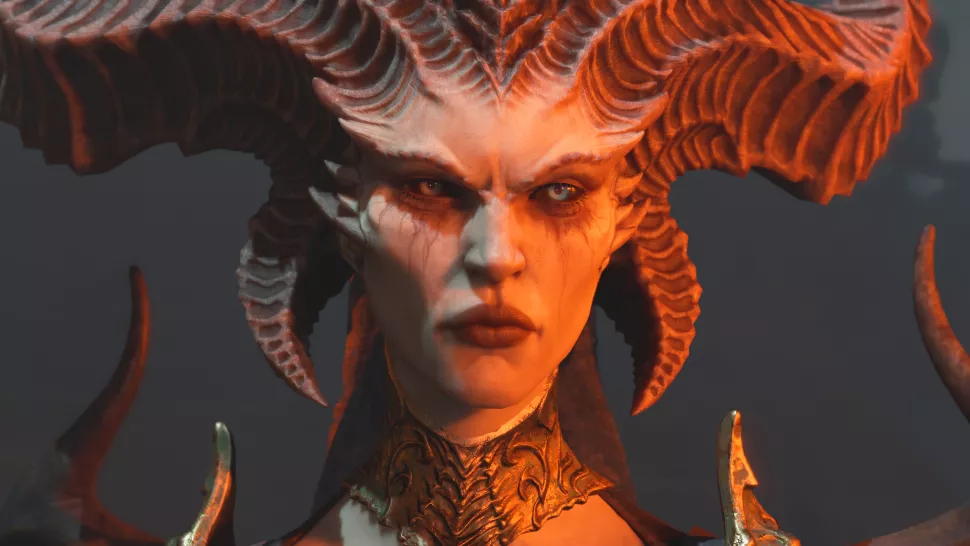Why Valve Might End Support For DOTA 2 Arcade?
Valve Corporation, the powerhouse behind the iconic Dota 2, has recently set the gaming community abuzz with an unexpected and potentially game-changing directive. The company has issued a directive that could bring an end to support for the Dota 2 Arcade – a move that has left players, developers, and enthusiasts questioning the future of this beloved aspect of the game.
A Thriving Haven of Creativity: The Dota 2 Arcade
For years, the Dota 2 Arcade has been a vibrant and dynamic space within the Dota 2 ecosystem. It has provided a platform for both players and developers to explore their creativity and bring unique experiences to the game. The Arcade is a hub of custom games, ranging from innovative spins on traditional gameplay mechanics to entirely new genres born from the imagination of the community.
Historically, the Dota 2 Arcade has been lauded for its role in birthing successful game modes that have gone on to become major hits. Titles like “Auto Chess” started as a simple custom game within the Arcade before evolving into a phenomenon that has reshaped the gaming landscape. This unique space has not only contributed to the diversification of Dota 2’s gameplay but has also served as a breeding ground for innovative ideas that have had a lasting impact on the industry.
A Sudden Shift: Valve’s Directive and Its Implications
Valve’s recent directive has sent ripples of concern throughout the Dota 2 community. The company has set a deadline of August 17, 2023, by which all monetization efforts related to the Dota 2 Arcade must come to a halt. This includes avenues such as third-party payments and virtual item sales. The directive essentially marks a departure from the Arcade’s historical landscape, where developers could monetize their creations within the game.
This unexpected move has raised questions about Valve’s motivations and the potential consequences for the Dota 2 Arcade. While the directive may seem heavy-handed, there are several factors that might shed light on why Valve has chosen to take this step:
Commercialization Concerns: Valve’s directive could be driven by concerns over the increasing commercialization of the Arcade. The proliferation of pay-to-win mechanics, microtransactions, and virtual item sales within custom games could have prompted the company to reevaluate its approach.
Quality Control: With the explosion of custom games, maintaining quality control and ensuring a consistent user experience can become challenging. Valve’s decision could be an attempt to regain control over the Arcade’s ecosystem and ensure that players have a consistent and enjoyable experience.
Monetization Missteps: Previous attempts at monetizing custom games have been met with mixed reactions. Valve may be reassessing its monetization strategy to strike a balance between supporting developers and providing fair and enjoyable gameplay experiences for players.
Protecting the Community: Valve may be taking steps to protect the community from exploitative practices that can sometimes arise within the Arcade. By curbing monetization efforts, the company might aim to create a more level playing field for both developers and players.
Focusing Resources: The decision could also be tied to Valve’s resource allocation. By streamlining support for the Dota 2 Arcade, the company might be able to allocate more resources to other aspects of the game or new projects.
A Fork in the Road: Community Reaction and Future Possibilities
Valve’s directive has sparked a myriad of reactions within the Dota 2 community. Some players and developers have expressed disappointment, viewing the move as a potential blow to the creative and innovative spirit of the Arcade. Others see it as an opportunity to refocus on the core gameplay experience without the distractions of monetization.
While the immediate future of the Dota 2 Arcade remains uncertain, there are potential avenues that Valve could explore to address the concerns raised by the community. One possible approach could involve creating an official channel for monetization that is tightly regulated and monitored. This could ensure that developers have the opportunity to earn from their creations while maintaining fair and balanced gameplay.
Ultimately, Valve’s decision to potentially end support for the Dota 2 Arcade reflects the complex interplay between creative freedom, commercial considerations, and the desire to provide an enjoyable gaming experience. As the deadline approaches and the community grapples with the implications, one thing remains clear – the future of the Dota 2 Arcade hangs in the balance, awaiting the next chapter in its evolution.
Also Read: DOTA 2 Treant Protector Guide August 2023: Rewards, Quests, Tips And More


